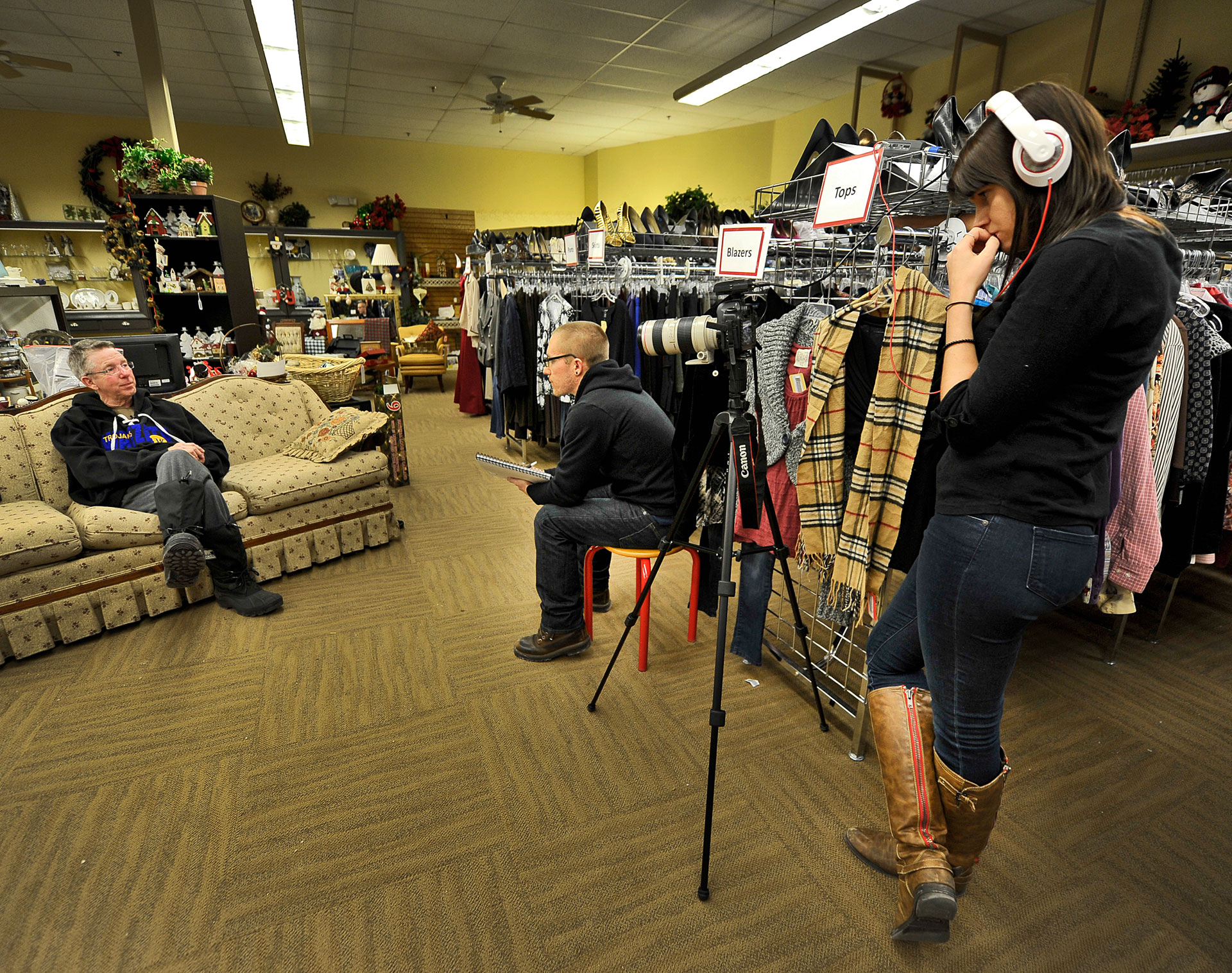
Poverty in Minnesota
Today’s headlines tell the story. Poverty is on the rise. Homelessness grew 6 percent from 2009 to 2012, according to the Wilder Foundation. On any one night in 2012, about 14,000 Minnesotans were homeless.
Suburban poverty is mirroring that trend, especially here in the Twin Cities. Between 2000 and 2011, the number of suburban Minnesotans living in poverty more than doubled, according a study by the Brookings Institution.
Significant increases in poverty and demographic change in the west suburbs have created challenges for all community institutions that impact families. While still mostly white and middle class, the communities IOCP serves are becoming increasingly diverse. Families are moving here for affordable housing opportunities, education, safety, jobs and a better life for their children. A changed marketplace, the growing gap between incomes and costs of living, the impact of public policy, and the lingering economic recession all present new challenges.
In IOCP’s service area alone, 1,777 families are struggling to make ends meet. In addition to the need for housing, families are finding it tougher than ever to earn enough to cover their expenses. Many adults have faced job losses or reduced hours and, therefore, have smaller budgets for child care, food and transportation. Two-thirds of IOCP families live in poverty.
The number of children from low-income families in the Wayzata school district continues to increase. The number of students receiving free and reduced lunches has quadrupled in the past decade, currently at 15%. There is also growth in the number of families who speak a language other than English. The district reports that over 40 different languages are now spoken in homes.
IOCP’S Response
IOCP has created several programs and services that efficiently and effectively respond to the issues families face related to suburban poverty.
Housing
-
The average IOCP cost of helping a family of four with rent for one month is $733. If the same family goes to a homeless shelter, the average cost of housing is $3,750.
-
1,471 rent assists were made to clients.
-
20 households were helped with transitional housing programs.
-
20 families in need of housing assistance are turned away each month due to budget constraints
Employment
-
Two-thirds of IOCP families are looking for work
-
178 adults received employment services
-
94 clients worked with employment specialists
-
73 jobs were secured; an average wage for full-time employment was $15.37/hour
Caring for Kids Initiative
-
530 children ages 0-5 from low-income families in the Wayzata School District need quality early childhood education so they are ready for kindergarten.
-
IOCP is currently able to help 152, or 28 percent, by providing scholarships to accredited quality care providers
-
100 percent of CfKI children were deemed ready for kindergarten or had appropriate support strategies in place
-
230 parents of preschoolers were provided multiple family support services
Food
-
More than 200 families use the IOCP Food Shelf each week. In the past year, the food shelf experienced a 10 percent increase in demand.
-
Last year, IOCP distributed 693,720 pounds of food to 4,250 individuals (40 percent were children).
Transportation
-
Many IOCP families rely on a car to get to work, school, and medical appointments but face expensive car repairs. IOCP is unable to respond to 25 percent of the requests we get for car repairs.
-
242 assists helped families with car repairs
-
587 families received gas cards
-
42 volunteer drivers provided 833 rides to medical appointments and educational classes
Source: IOCP